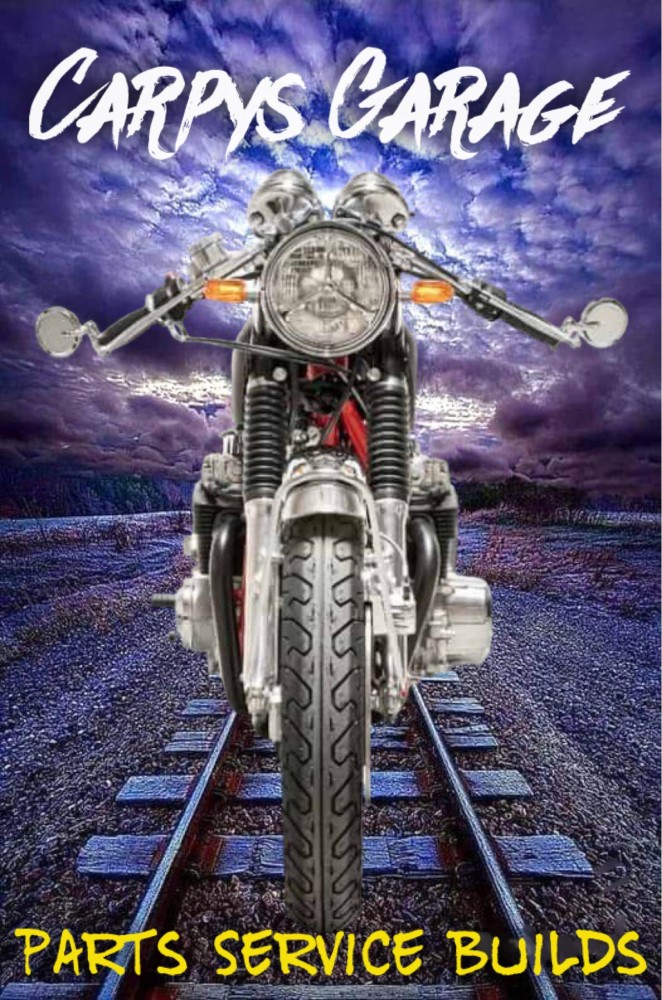I seem to always be burning that proverbial candle at both ends as of late, but, I do see some light at the end of the tunnel and have a few pokers in many fires right now, interesting times for sure, I am also working on a new website to make it less complicated and […]
Tag Archives: cafe racer
Happy 2025 to everybody that I know and of course to all my customers that have purchased from me, I am so stoked that you love what I do, next month is my 25th year, so more things to come for the Motorcycle builder from me. We have had pretty bad fires around here as […]
Thanksgiving will soon be upon us, but its a celebration that I enjoy food wise and of course, me originally being a Redcoat, people think it may bother me, but- if it wasn’t for that day- Oct 19th 1981, well I wouldn’t be here if my original country and planted the flag. So I celebrate […]
Well, what a frustrating few days that I have encountered, modern technology is great, until it takes a spiralling fall into the abyss. I have been pretty good on my computer over the years, with no training as such, I just worked my way through any problems and if I was stuck, my web guru […]
Here we are into the first week of October already, but the weather here in Southern California is not letting us experience Fall yet, it’s almost 100 today and that restricts the amount I can do outside or even in the barn, as its like an oven in there. So, I thought whilst I take […]
I have no clue where the days go these days to be honest, I get so involved with what I do and achieve in a short amount of time, it seems that life is shooting by at over 100 Miles Per Hour for me, but I wouldn’t change it for anything. Coming up towards 25 […]
Hot weather is still here and will continue for a couple of weeks I think, but 112 and 114 is a little too hot to be in the shed this weekend, plus I have stuff to do in our Garden with my Girl. so I have been out doing that, but tomorrow I have to […]
I recently came across some old CD’s that I had tucked away in a drawer, glad I took some pics of some of the motorcycles that I have created, they say if you put them on the internet, it’s there forever, but that’s incorrect as I had quite a few bikes on there and cannot […]
I have built so many Motorcycles over the years and its hard to keep track as to what I have turned out over these 24 years here in Southern California, but every now and again I will be reminded of a unique machine that I created and today is no different. I created this machines […]
It’s Saturday and the weekend always seems to fly by and then by Monday you then remember what you wanted to do and forgot to do it, Right? It’s always the case for me, I try and do my own stuff on the weekends and I really enjoy it, plus the weather is getting better […]









